
Far Eastern Fascination: Asian Art






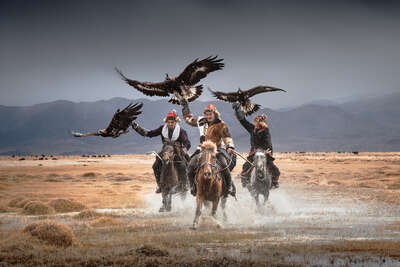







































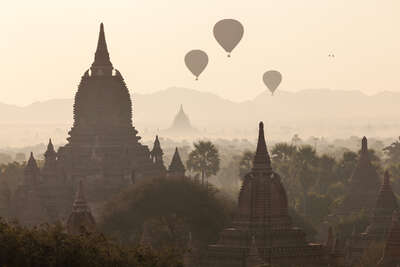

















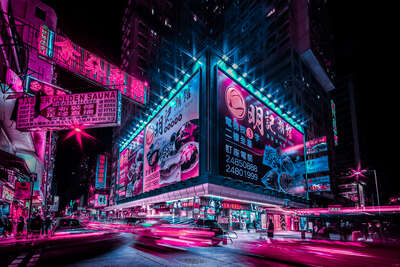













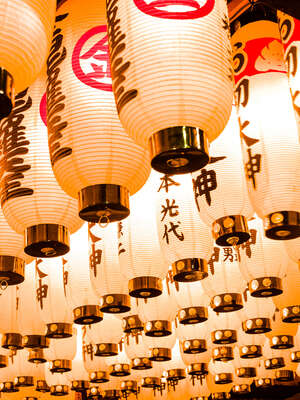



















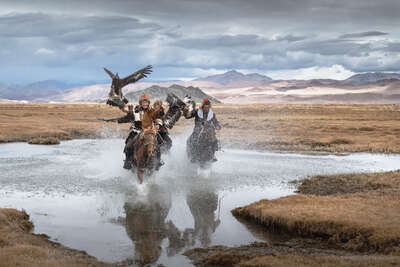

























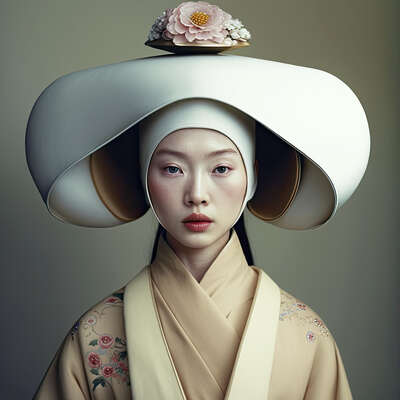



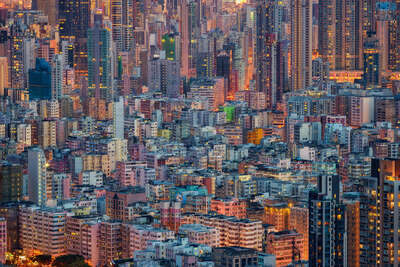





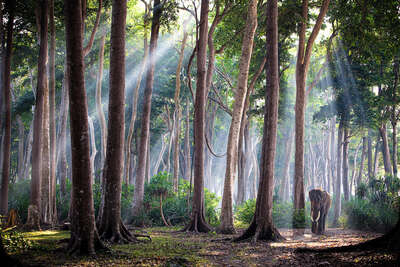























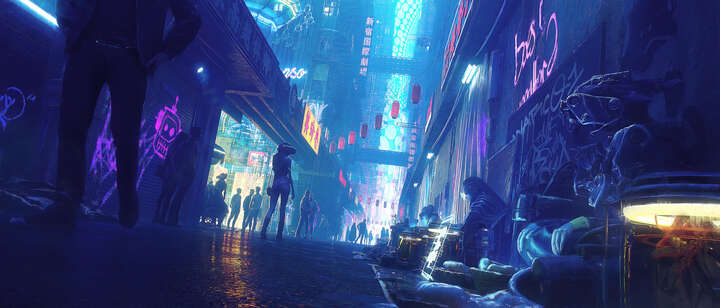













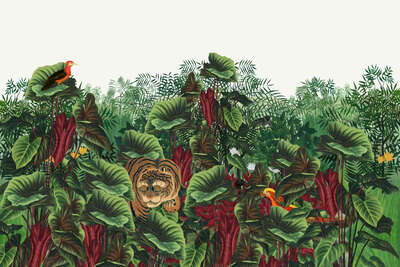

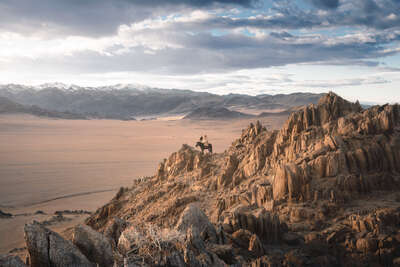









An Introduction to Asian Photography
The beginnings of photography in Asia track developments of new camera technologies in Europe. In China and Japan, photography entered
onto the scene in the mid-19th century. In Japan, Yokohama was the center of events in the increasing popularity of photography as a
recreational art form. The medium has enjoyed wide use from the beginning of the 20th century to the present day, for purposes stretching
from documentary photography showing social and economic conditions in post war Japan, to award winning photographic art. Today,
the Taiwan-based photographer Chien-Chi Chang and the Japanese photographer and auteur Eikoh Hosoe are acknowledged masters of
contemporary Asian photography.
Asian photography is characterized by a unique and moving visual lexicon. Nature and wild animals are among the most popular motifs among
Asia Art artists, whether painters or photographers. No wonder: there is a huge variety landscapes and animal species on the Asian
continent. Works depicting Japan often make use of classic Japanese pictorial symbols. Often the graceful koi carp are depicted. In
Japanese culture, these animals symbolize strength, as they are the only fish capable of conquering the waterfalls of the Yellow River
under their own power. The cherry blossom is another distinctive Japanese pictorial motif. They are among the oldest and most central
symbols of Japanese art. They stand for beauty, departure and transience.
Already the great Japanese masters like Hiroshige immortalized them on their paintings. Even today they are a popular subject for artwork
and photography.
Works depicting China often feature the panda, revered today as a national symbol and a major player in cultural diplomacy. At the same
time, the panda represents the preciousness of nature, as it is highly threatened with extinction, and can now only be found in a few
Chinese provinces and mountain regions. Bamboo is one of the most commonly used motifs in Chinese painting, jade
carving and photography. The the plant is prized for its hardiness, growing even in the most inhospitable conditions. Asian artworks
depicting a dense bamboo forest have a very special beauty and mystique.
Works depicting India present yet another set of visual symbols. Indian photography is distinct for a focus on portraits of
animals. Especially popular are elephants, tigers, or monkeys. Part of the diverse wildlife of the Subcontinent, they also
enjoy the attribution of religious qualities.
The sacred River Ganges is another, oft-featured motif of Indian art. In many paintings it is depicted idyllically, as a symbol of aesthetic perfection. Other artists depict the river in ways which showcases environmental disaster. Still others show it as a central place for people to come together.
Tradition and modernity in Asian Photography
The artistic traditions of Asian countries differ from those of European countries in significant ways. Religions such as Hinduism and Buddhism have had an enormous influence, not only on cultural practices and everyday life, but on artistic traditions as well. This is noticeable in architecture as well as in fashion. The sight of a Buddhist temple, a pagoda or a house with the characteristic curved rafters reminds one immediately of this heritage. From time immemorial, such examples of great Asian architectural traditions have been visible in art. They are a popular motif in both painting and photography, sometimes used to represent a respective country and its traditions. People in typical national dress are often shown in front of or next to the buildings, such as Japanese geishas with their faces painted white, or Indian Brahmins wearing turbans.
Modern Asian Art
Today, Asian art increasingly shows the new, modern side of the distant continent. Artists often show huge skyscrapers, illuminated shopping malls, street scenes, and ultra-modern buildings. Whether the famous skyline of Shanghai, a crowded pedestrian zone in Tokyo, or the futuristic-looking skyscrapers of Hong Kong - contemporary Asian artworks show the rapid progress of Asia, and thematize the economic and cultural rapprochement with the West.
LUMAS Asian Photographers
LUMAS features a wide range of expert photo art by contemporary Asian artists.
Han Lei creates breathless Chinese landscapes and profiles
with an out-of-time aesthetic. Terrance Zhang
is a maven of architecture
photography, who captures fascinated contemporary Chinese architecture. Layered photography by Japanese photographer
Miki Takahashi constitute elaborate portraits,
teeming with light, color, and energy.








 No thanks, I would like to stay on this site.
No thanks, I would like to stay on this site. Yes, I would like to switch.
Yes, I would like to switch.